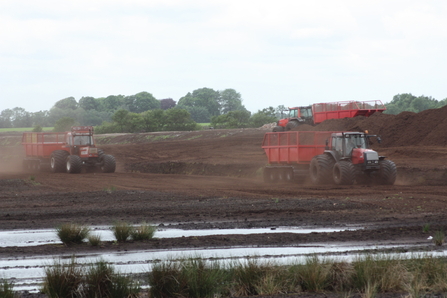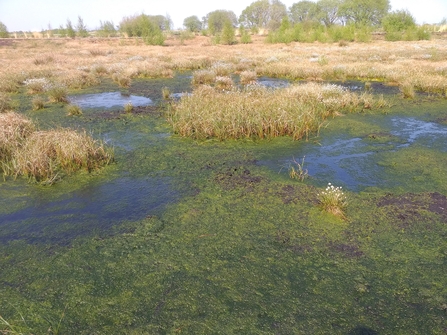This year, as the UK hosts the global climate conference, COP26, all eyes will be on the UK’s own action to tackle climate change. The Wildlife Trusts believe that the Government’s failure to address a key issue – how to end the damage to carbon-storing peatlands and restore a significant proportion of those that are already harmed – will be a major embarrassment.
Peatlands are the UK’s largest on-land store of carbon, holding three times as much as woodlands. They store around 3.2 billion tonnes of carbon, but in their current degraded condition they release the equivalent of 23 million tonnes of CO2 every year. That's 5% of the UK’s annual greenhouse gas emissions. They are a precious wildlife habitat and vital for holding back and filtering water. Their benefits to society are immense. But a high proportion of UK peatlands have been damaged, drained, extracted and burnt over decades of misuse.


